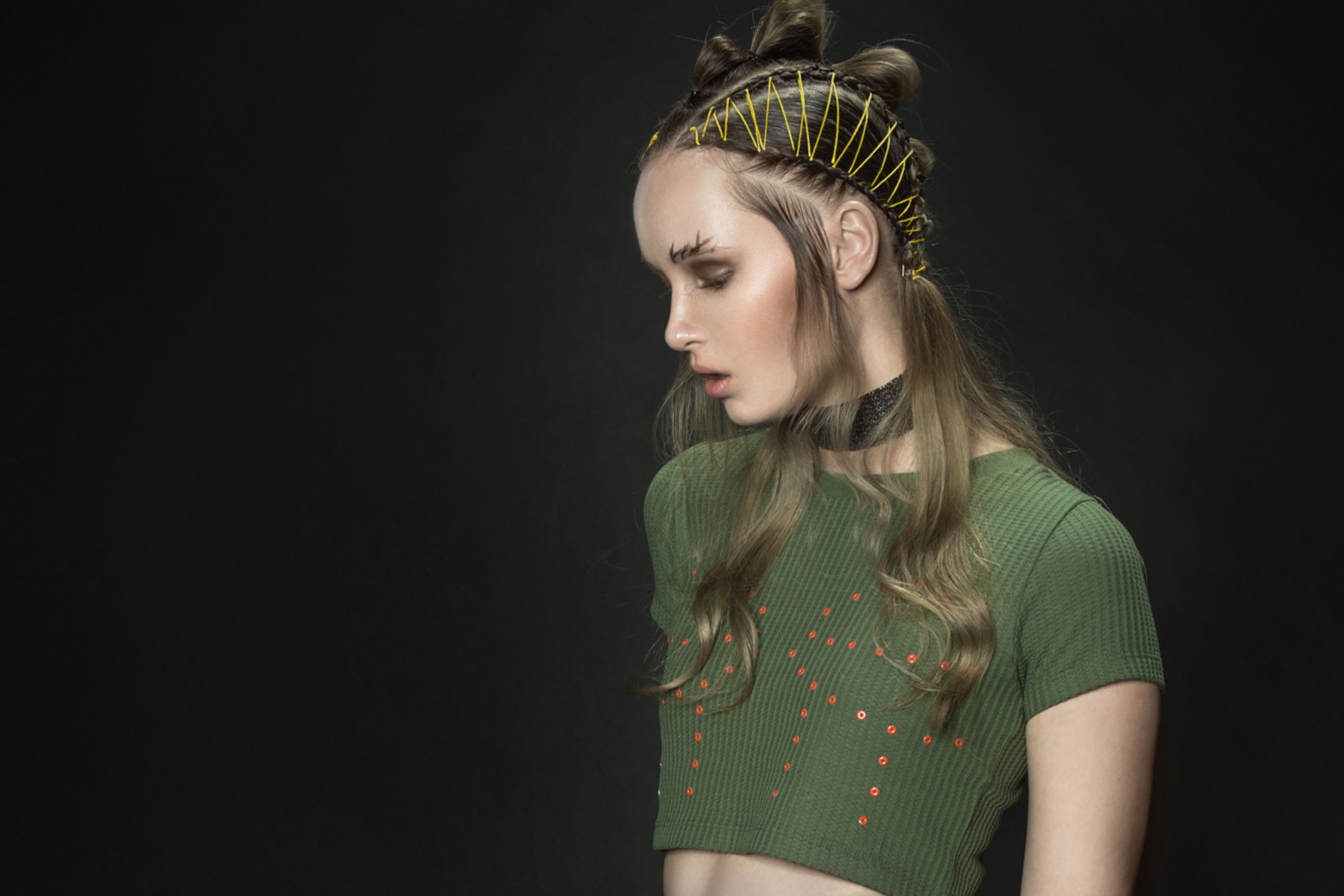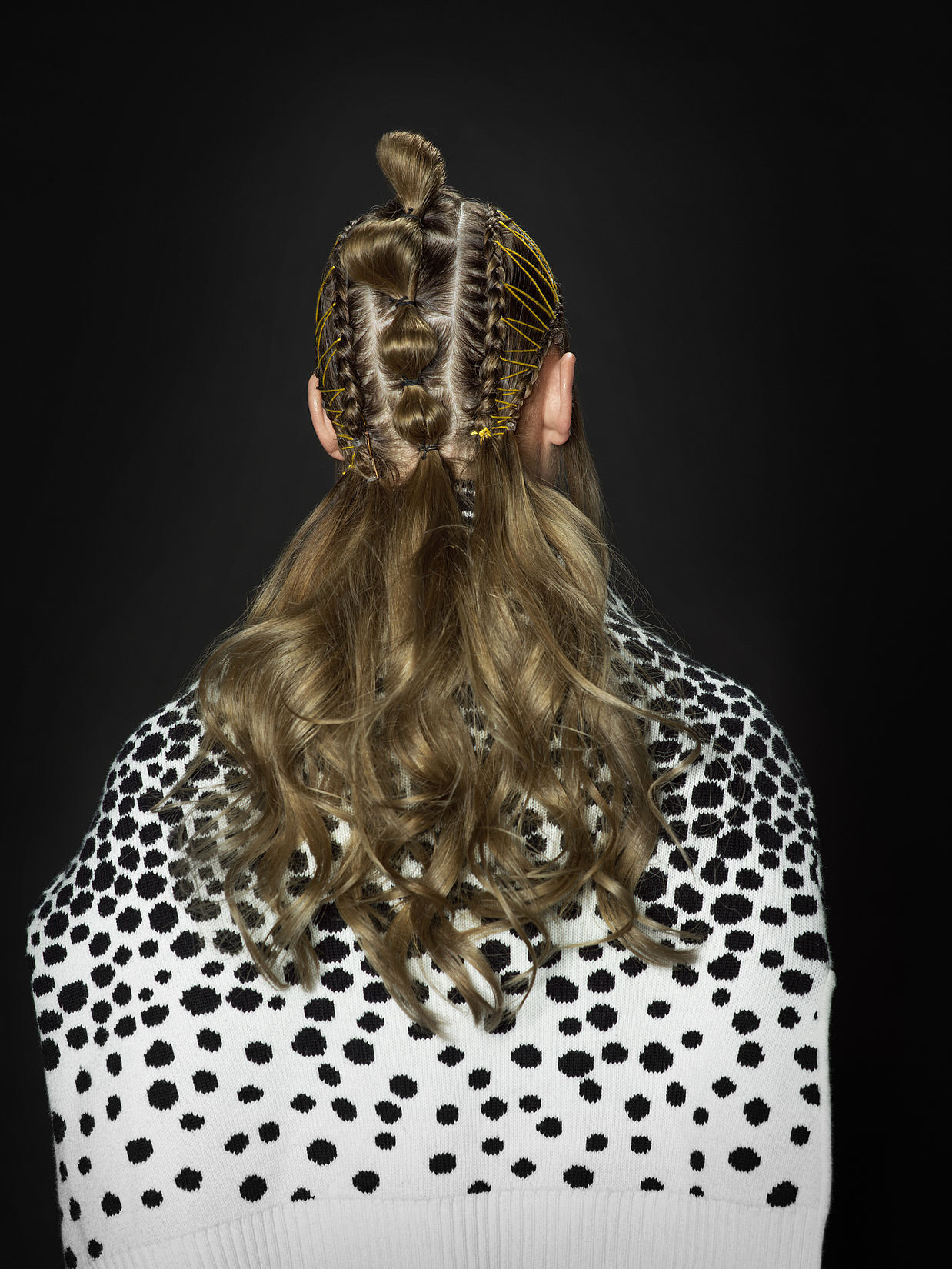I was invited to Shoot Amsterdam to give a live demonstration using the broncolor systems. Obviously, this was a great opportunity but it has been my first time doing something like this in front of a live audience and so I was a bit nervous, but luckily I had the support of a fantastic & trusted team who came with me from London.
I was given a half-hour slot where I was to deliver a demonstration of my choice, I decided to demonstrate how to build a basic fashion editorial and looked to provide advice on producing them, which I thought would be useful for some to share here as well. It can take a while to fully understand the fashion industry and the way that it operates, however a good understanding of the different types of agencies can help you navigate yourself through your production, and the better you are at working with agencies, the higher quality you will be able to achieve in your final images.

SOURCING THE FASHION
An important aspect of fashion photography is, of course, the fashion, sourcing of fashion can be a real pain and is usually the most difficult part of putting together a strong editorial. Although when starting out it's common to buy pieces from high street stores or online stores and return them once used. However, due to the nature of the fashion industry and the two seasons per year (fall/winter, summer/spring), the fashion that you can buy in the stores is usually no longer relevant by the time it is released in the magazine as the time between shooting and publishing can sometimes be months. This means that you have to be able to shoot fashion for the upcoming season, so Summer/Spring fashion will be shot in Fall/Winter and vice versa. For this reason, PR agencies exist, a PR agency will hold the latest upcoming fashion from a roster of designers that they represent, once you have obtained a commissioning letter from a magazine, you will have to approach various PR agencies in order to pull fashion items relevant to the date of Publishing.

BUILDING YOUR TEAM
Your team is probably the single most important aspect to get right. A strong team will be able to produce fantastic results with little to no resources, but a single weak member of the team can let down the entire shoot.
The portfolio is usually the best indicator of a person's experience & skill, and so always review portfolios before taking on someone to be a part of your shoot. Still, a great portfolio doesn’t guarantee that they will be great on the day, so a strong outline of what you would like each team member to do will help direct them. But be careful not to direct too much, after all, you chose them because they are fantastic at what they do and you want them because of their experience. Another great way to recruit talented people is to contact artists that are more senior and hunt down some recommendations, sometimes there are some great talents out there who are not discovered yet as they are under the wing of another artist or working in a hair salon/makeup counter.
With the backing of a commissioning letter you should find it relatively easy to source a model from an agency, they will often want to see also a mood board as well. Most major cities have a few model agencies. With the larger capitals like London & New York having more model agencies than I can count. They will send you packages of faces from which you can decide, which guy/girl will best suit the shoot.

DELIVERING VARIATION IN YOUR IMAGES
During the shoot, (unless the concept demands it) you will want to deliver a variety of poses and framing. Although you would want to keep most of your framing in portrait orientation due to the nature of print magazines, there are various types of frames & pose you can use to make sure your editorial isn’t looking too samey. I have listed a few suggestions below that will already give you an 8-page editorial with each shot being different:
- Full body
- Half body
- Portrait
- Close up
- Leaning
- Sitting (floor)
- Backshot
- Wide shot (cover)

USE MUSIC TO SET THE TONE
Music can be a great way to get everyone on the same page; you almost have to become a DJ at your own shoot. A well-chosen track can totally change the team's spirits and keep everyone going throughout the day. When shooting period concepts playing music from the era can help, inspire your team and get their headspace into the style you want.
CAPPING IT OFF
Remember that agencies will be more willing to send you models or fashion pieces for your next shoot if you deliver fantastic results. Eventually, once you have developed a rapport with an agency and they become more familiar with your work, they will offer you more for the next time you call upon them and probably even start to send paid work your way.
I hope that these simple tips help, although some might seem obvious. There have been plenty of shoots that I have done where I have neglected some aspects of these points and the results were not quite what I wanted.





CREDITS
Hair Sung Ki Baek
Makeup Josie Chan
Stylist Nicole Markhoff
Model Juliet Broerse



